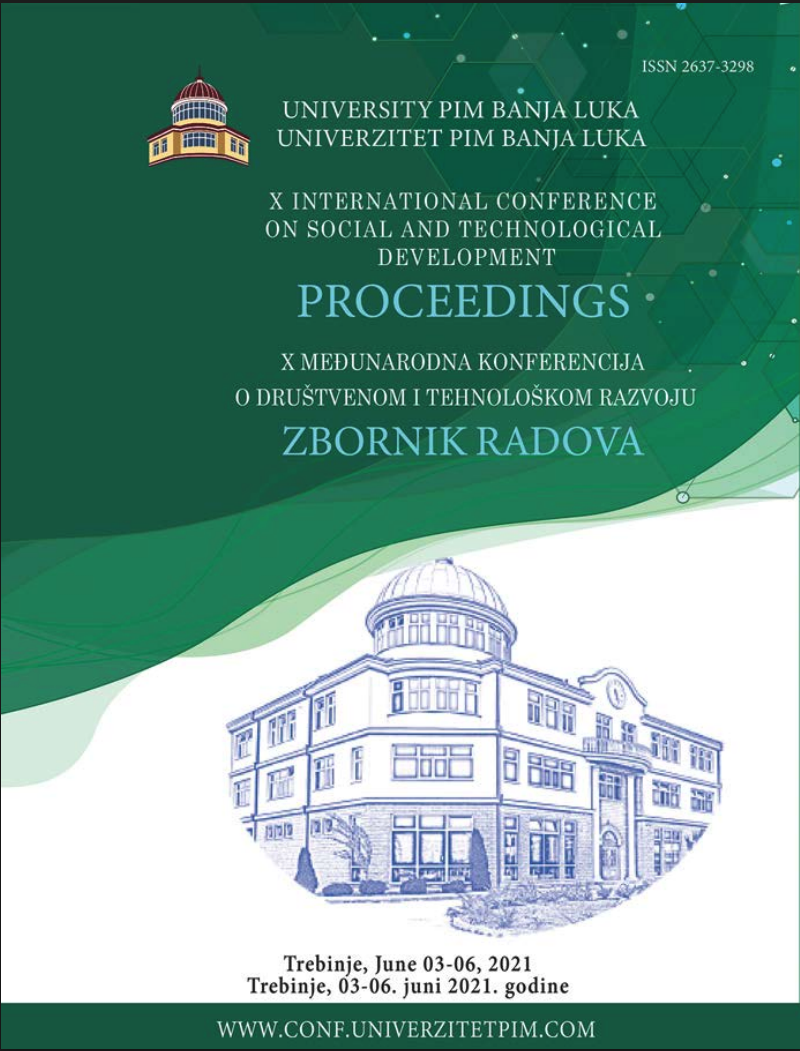
This is an open access article distributed under the Creative Commons Attribution License which permits unrestricted use, distribution, and reproduction in any medium, provided the original work is properly cited.
Metropolitan University Belgrade , Belgrade , Serbia
Metropolitan University Belgrade , Belgrade , Serbia
Metropolitan University Belgrade , Belgrade , Serbia
Modern software solutions are intensively used to reduce the costs of day-to-day operations of companies and organizations from various domains of industry and services. It is easy to see the benefits of using ICT (information - communication technology) on the transaction automation in banks, insurance companies, as well as other organizations that communicate directly with users of their products and services. On the other hand, companies that are not in direct focus may also require ICT support for lower costs, as well as, more efficient and effective results of their own business. The focus of the work will be on companies that deal with transportation services in a specific way. We are witnessing the current expansion of civil engineering in the territory of the Republic of Serbia and the aim is to provide a basis for developing a software solution that will allocate resources of different transportation companies (trucks) in an optimal way taking into account different optimization criteria: distance from base to target location, truck load capacity, amount of material transported) and etc. The paper will present a solution to this problem in the form of a specially adapted and modified mathematical model as a special version of the transport problem.
The statements, opinions and data contained in the journal are solely those of the individual authors and contributors and not of the publisher and the editor(s). We stay neutral with regard to jurisdictional claims in published maps and institutional affiliations.